If I am modelling in a UML Object Diagram (also known as an "instance diagram") of a Year class which has a field which is a list of Months, should I explicitly create an box for the List instance as well? To me, it seems, like if I draw lines connecting the instance of Year to the 12 Month instances directly, then I expect to see 12 fields on Year like month1, month2, etc.
If you do connect them directly, then how do you in the diagram make it clear that the relationship is not direct but through a list? Or is this diagram more conceptual and the precise nature of these relationships ambiguous?
tl;dr: In a UML Object Diagram, do collections like lists get their own boxes through which your models connect? If not, how to represent this?

